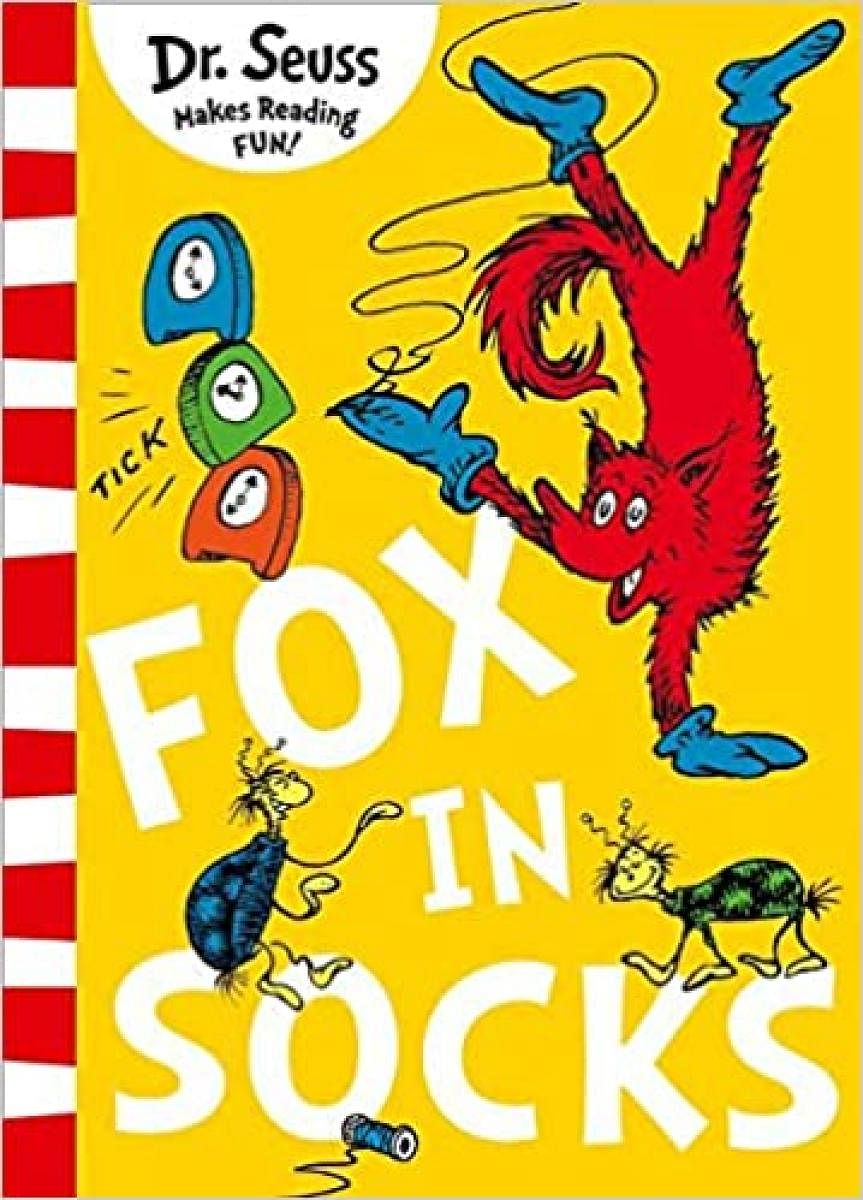
Generations of children around the world have taken their first steps into the world of reading thanks to Dr Seuss. His books, like The Cat in the Hat, and Green Eggs and Ham, are full of small, simple, repetitive words, and quirky illustrations. He’s hugely popular, and so, it came as a surprise to many when the company that protects the estate and legacy of Theodor Geisel (Dr Seuss’ real name) announced in the first week of March that they would discontinue six of his books, because they “portray people in ways that are hurtful and wrong”.
This isn’t the first time a well-loved children’s author of yore has been called out for problematic depictions. Some works by Roald Dahl, Enid Blyton, Laura Ingalls Wilder, Frances Hodgson Burnett, even Rudyard Kipling, have characters and situations that are extremely cringeworthy. Literature in general, and especially children’s literature, has been largely white dominated over decades. Written by white people, populated by white people. And reviewed and written about by white people! So, for a long time, there was hardly any conversation on the problematic representations in them, of people who aren’t white.
Now, we’re becoming more aware as a society. People who have historically been silenced, are getting the opportunity to speak out. Conversations around these topics have increased. We’re able to discuss openly the shortcomings of society — be it racism, sexism, casteism, patriarchy, or a host of other social problems.
As the world and our knowledge of the world changes, we human beings also evolve. Very often, I’ve picked up a book or a movie that I enjoyed even as recently as 20 years ago, and have been horrified to see that it is filled with sexism and racism and blatant mockery of disabled people. How could I have liked this movie? How could I have changed so much in 20 years? It’s simply because I’ve been reading, and listening in on conversations that have made me more aware of these issues.
So, with all this new knowledge and awareness, when we realise that our favourite authors are not as perfect as we thought they were, it does hurt. But this doesn’t take away from the fact that their works have affected us, moved us and inspired us. We can admire and be critical of the same person, at the same time.
Children’s literature is a product of the social environment of the time it was written in. In recent decades, there has been a greater push for much-needed diversity in books, in terms of authors, the characters in books, as well as new ideas. Just like our society has changed, our books have changed to reflect that society. Books are more aware and inclusive.
Tempted as we are to press our childhood favourites into our children’s hands, we ought to encourage them to read more recent publications — it is likely that these new books are more socially relevant. It’ll help our kids turn out more aware and in tune with the times.
The author has written 10 books for children and can be reached at www.shruthi-rao.com
GobbledyBook is a fortnightly column that gives a peek into the wondrous world of children’s books. Hop on! Or as Alice did, plunge into the rabbit hole.